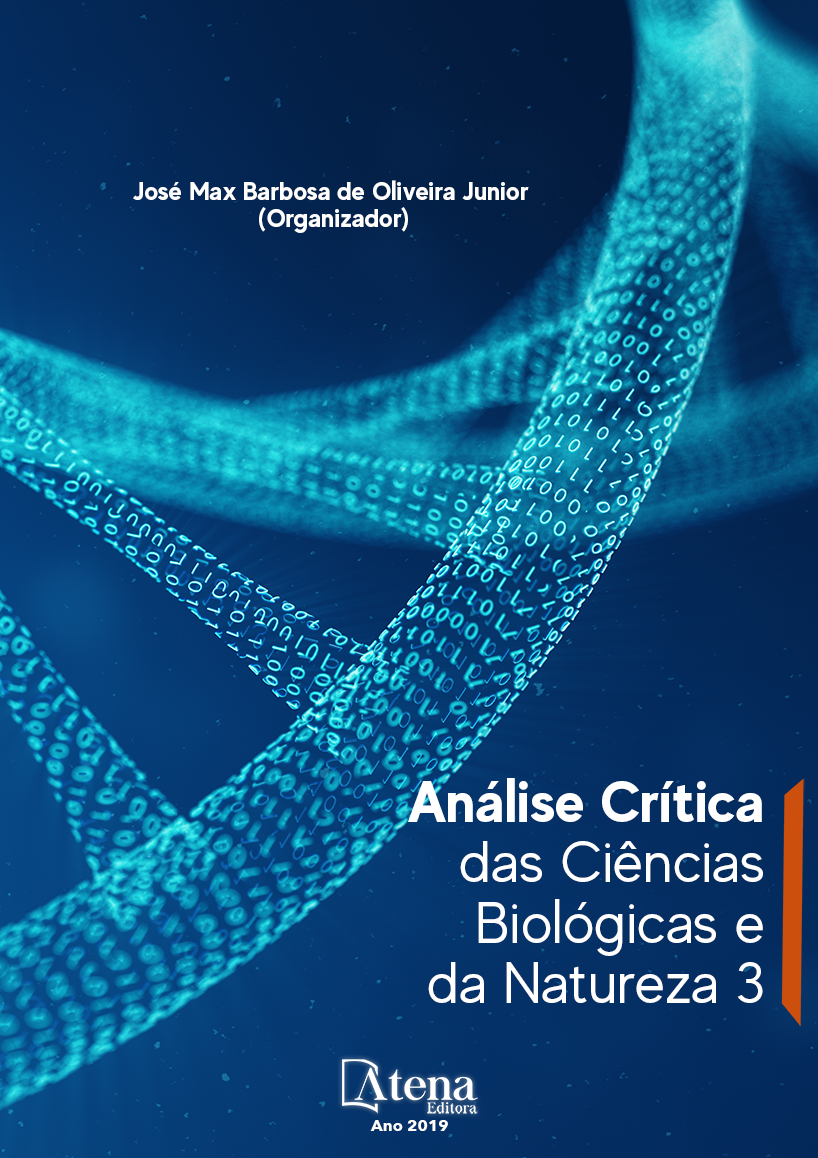
TRIAGEM DE TRATAMENTO DE Luffa cylindrica PARA IMOBILIZAÇÃO DE Saccharomyces cerevisiae VISANDO A PRODUÇÃO DE INVERTASE
A técnica e imobilização tem se tornado
uma alternativa para processos industriais. A
Saccharomyces cerevisiae sintetiza a enzima
invertase, utilizada na indústria alimentícia
para a produção de açúcar invertido, que é a
matéria-prima que garante a textura adequada
ao produto final. O presente trabalho objetivou
a realização da triagem de quatro tratamentos
para imobilização de S. cerevisiae sendo Luffa
cylindrica, um biossuporte, visando a produção
de invertase. No primeiro lote de tratamento foi
utilizado solução de hidróxido de sódio a 2% e
mantido sob agitação a 120RPM por 24hs. O
segundo lote foi autoclavado a 123°C a 1,3kgfq/
cm2, já o terceiro lote foram aplicados ambos
os tratamentos. O quarto lote foi utilizado para
controle. Os lotes foram inoculados com a
levedura e fermentados com bicarbonato de
sódio (0,15 mol/L) para a produção de invertase.
A quantificação de microrganismos aderidos ao
suporte foi realizada por contagem de câmara
de Neubauer, a quantificação de proteínas foi
realizada pela técnica de biureto e a medida da
atividade de extrato bruto contendo invertase
foi mensurada pela técnica de DNS. O segundo
e o terceiro lote apresentaram resultados
semelhantes ao controle com 0,95% de
aderência de células à bucha. O primeiro lote
apresentou 2,15 % de aderência das células e
produziu enzimas com atividade de 0,6 mol.L-
1min-1. Mesmo tendo um percentual de aderência
bem menor (0,95%), as enzimas provenientes
do tratamento controle apresentaram atividade
0,12 mol.L-1min-L, mostrando que esponja
vegetal é um bom biossuporte para imobilização
dessa levedura mesmo sem tratamento.
TRIAGEM DE TRATAMENTO DE Luffa cylindrica PARA IMOBILIZAÇÃO DE Saccharomyces cerevisiae VISANDO A PRODUÇÃO DE INVERTASE
-
Palavras-chave: Saccharomyces cerevisiae, bucha vegetal, imobilização, fermentação.
-
Keywords: Saccharomyces cerevisiae, vegetal bush, immobilization, fermentation
-
Abstract:
The technique and immobilization
has become an alternative for industrial processes. Saccharomyces cerevisiae
synthesizes the enzyme invertase, used in the food industry for the production of
invert sugar, which is the raw material that guarantees the proper texture to the final
product. The present work aimed at the triage of four treatments for immobilization of S.
cerevisiae, being Luffa cylindrica, a biosupport, aiming the production of invertase. In the
first batch of treatment 2% sodium hydroxide solution was used and kept under stirring
at 120 RPM for 24 hours. The second batch was autoclaved at 123 ° C at 1.3 kgfq / cm2,
and the third batch was applied to both treatments. The fourth lot was used to control it.
The lots were inoculated with the yeast and fermented with sodium bicarbonate (0.15
mol / L) for the production of invertase. The quantification of microorganisms adhered
to the support was performed by Neubauer chamber counting, the quantification of
proteins was performed by the biuret technique and the measurement of the activity of
crude extract containing invertase was measured by the DNS technique. The second
and third batch presented similar results to the control with 0.95% adherence of cells to
the bush. The first batch presented 2.15% cell adhesion and produced enzymes with
activity of 0.6 mol.L-1min-1. Even with a much lower adhesion percentage (0.95%), the
enzymes coming from the control treatment showed activity 0.12 mol.L-1min-1, showing
that vegetable sponge is a good biosupport for immobilization of this yeast even without
treatment.
-
Número de páginas: 15
- Brenda Kischkel
- Nicolle Ramos dos Santos
- André Álvares Monge Neto
- Beatriz Paes Silva


